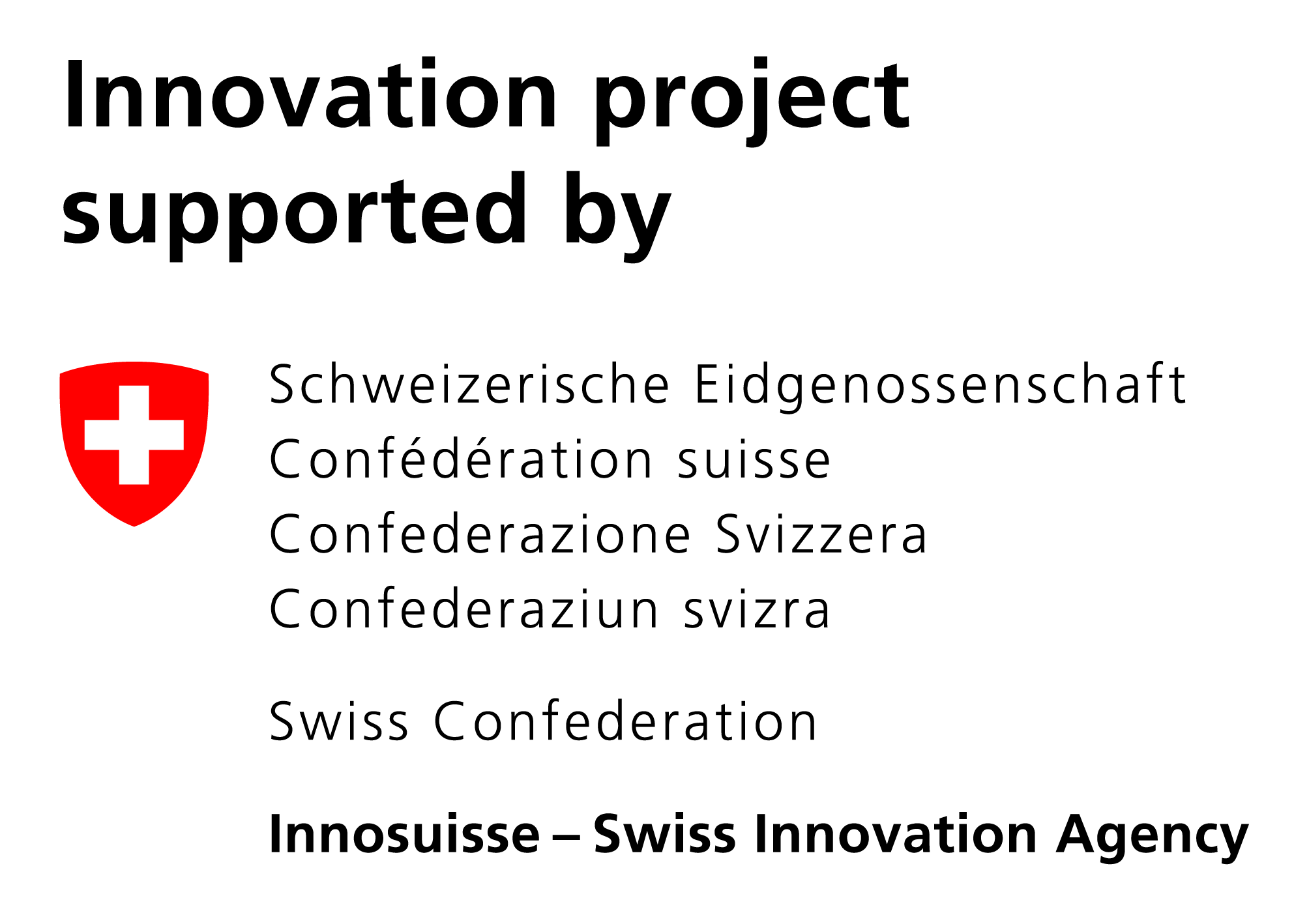Oryl Photonics achieved a significant milestone: together with our partners of the FASS – Fast and Accurate Solubility for Sustainability project, we were awarded the prestigious EIC Transition grant amounting € 2.5 M.


We are the world’s first company to offer rapid and sensitive solubility testing while saving valuable substances
We are an innovative Swiss company that develops laboratory instruments based on a proprietary light scattering technology. Oryl Photonics is a spin-off from École Polytechnique Fédérale de Lausanne (EPFL) where the technology is incubated over a decade of research.

Oryl Photonics achieved a significant milestone: together with our partners of the FASS – Fast and Accurate Solubility for Sustainability project, we were awarded the prestigious EIC Transition grant amounting € 2.5 M.
Oryl Photonics accomplished many things and reached new milestones in 2023: here is a wrap-up of the last year.
Oryl Photonics announces the successful conclusion of a CHF 830’000 seed fundraising.